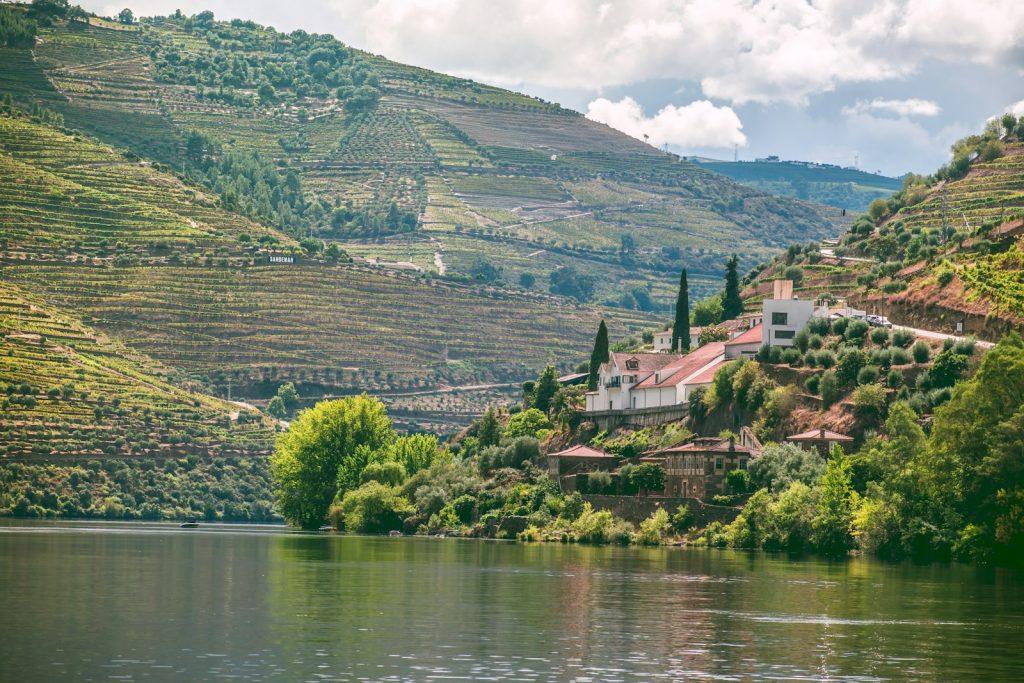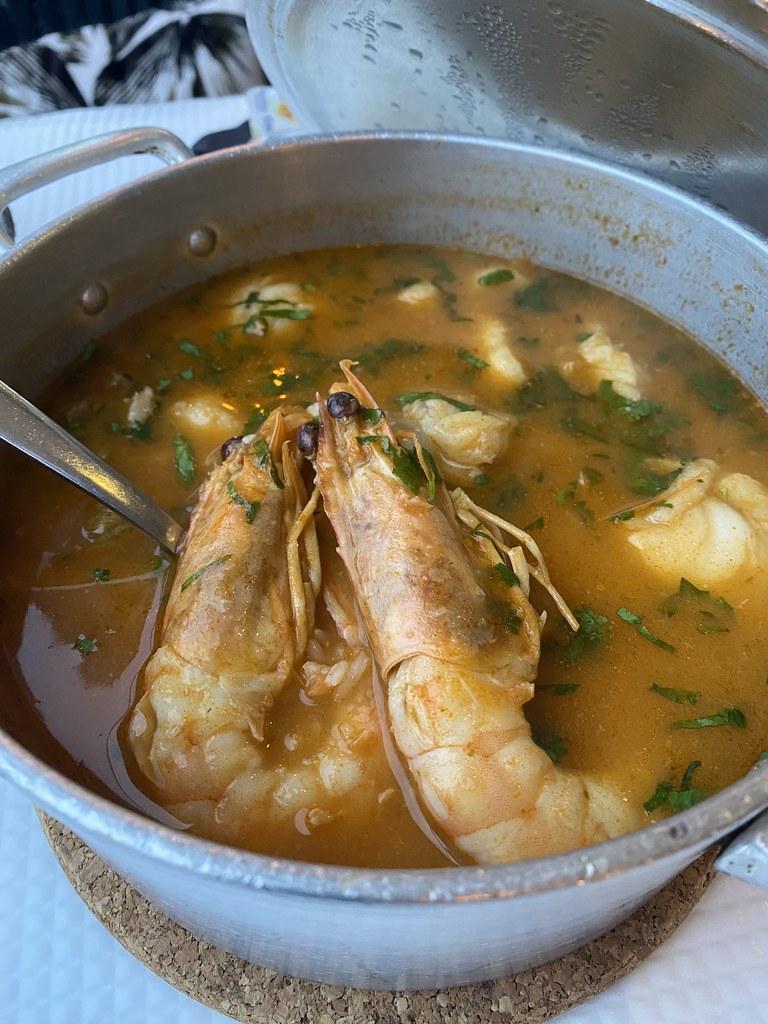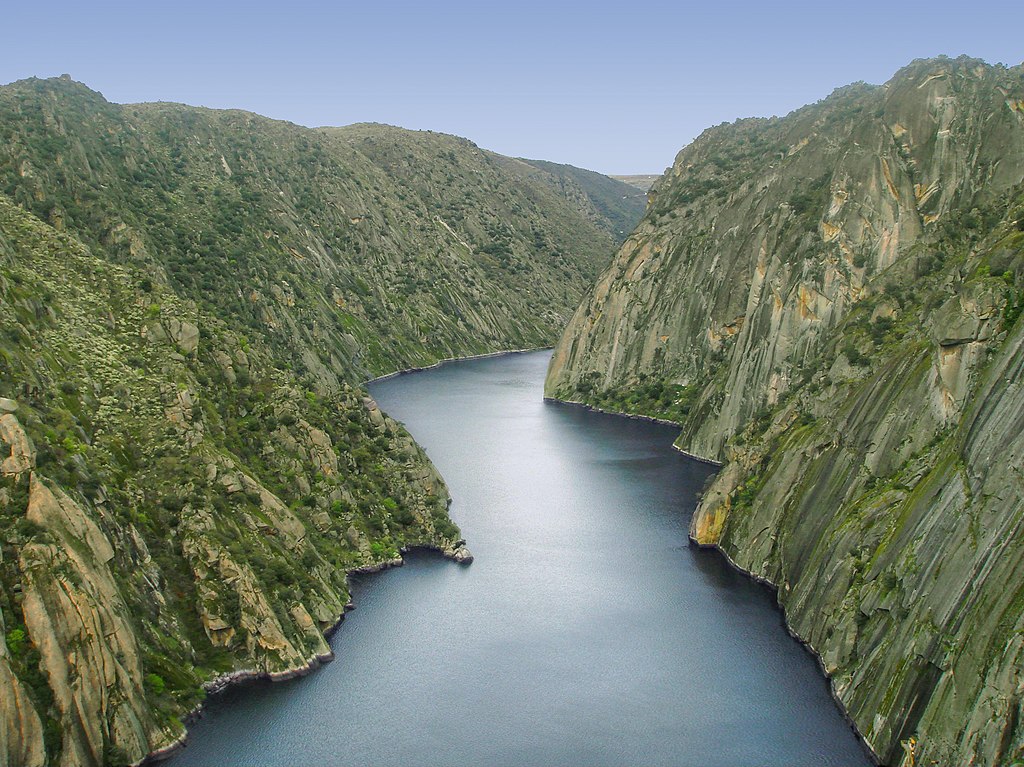There are parts of Portugal that feel familiar before you ever set foot in them: Lisbon with its tiled facades, the Algarve with its golden cliffs. But head north, past the well-worn itineraries, and you find a Portugal that still feels undiscovered. Northern Portugal isn’t just a region; it’s a world of its own, where medieval towns cling to granite hills, vineyards tumble toward the river, and the scent of wood smoke drifts through villages that seem unchanged for centuries.
The best way to experience it? By car. The distances are small, the roads are excellent, and the landscapes shift dramatically from one valley to the next. A northern Portugal road trip isn’t just about covering ground; it’s about slowing down, stopping in places you’ve never heard of, and realizing how much life is tucked into this quiet corner of the Iberian Peninsula.
Let’s map out the journey.
Porto: The Gateway to the North
Every road trip in the north begins in Porto, and for good reason. This is the city that gave the country—and its most famous wine—its name. It’s a place of steep streets, baroque churches, and tiled houses stacked above the Douro River. The best introduction is to simply walk: cross the Dom Luís I Bridge at sunset, when the tiled rooftops glow gold, and linger on the Gaia side, where the port lodges line the waterfront.
Porto is also a city of moods. In the morning, it’s the clang of trams and the chatter of locals over strong coffee. By afternoon, it’s the hush of the Livraria Lello bookshop or the azulejo-covered walls of São Bento Station. At night, it’s smoky taverns where grilled sardines arrive on dented trays and the air fills with the sound of fado.
Spend two days here before hitting the road. Porto isn’t just a starting point; it’s the cultural heartbeat of the north.

The Douro Valley: Where Wine Meets Landscape
Leave Porto and follow the river east. Within an hour, the scenery begins to change—hills rising higher, the air carrying the sweetness of vines. This is the Douro Valley, a UNESCO World Heritage Site and one of the most breathtaking wine regions in the world.
Here’s the thing: the Douro isn’t just about port wine. Yes, this is where the fortified wine ages in cellars, but the valley itself is alive with small quintas producing remarkable reds and whites. Stop at one of the family-run estates, where the owner will often be the one pouring your glass, and learn how the terraces carved into the hillsides have been worked by hand for generations.
Driving the N222, a serpentine road that clings to the riverbank, is an experience in itself. Pull over at viewpoints, take a boat trip from Pinhão, or sit on a terrace and watch the sunlight shift across the vineyards. Stay overnight, ideally in a converted wine estate, because the Douro deserves more than a hurried visit.
“A road trip through Northern Portugal isn’t about covering miles. It’s about tasting a valley’s harvest, hearing the echo of history in a stone village, and watching the light change over a landscape that has shaped its people as much as they have shaped it.”

Minho: The Green Heart of Portugal
From the golden slopes of the Douro, turn north toward Minho, a region renowned for its lush greenery. The vineyards here aren’t terraced but sprawling, with vines often trained overhead to create shady corridors. This is the birthplace of Vinho Verde, the light, slightly effervescent wine that pairs perfectly with the region’s cuisine.
Minho is about traditions as much as landscapes. In Braga, known as the “Rome of Portugal”, baroque churches dominate the skyline and religious festivals fill the calendar. Guimarães, the country’s first capital, carries the weight of history in its castle walls and medieval squares. Both towns are walkable, atmospheric, and best explored at a relaxed pace.
But some of the real magic of Minho lies outside the cities, in villages where granite houses cluster around Romanesque churches, or in Peneda-Gerês National Park, Portugal’s only national park. Here, wild horses graze among rocky plateaus, waterfalls tumble into natural pools, and hiking trails wind through oak forests. It’s a reminder that northern Portugal is as much about raw nature as it is about heritage.
Trás-os-Montes: The Land Beyond the Mountains
The name says it all: Trás-os-Montes means “beyond the mountains”. This is one of Portugal’s most remote regions, a land of extremes, hot summers, freezing winters, and landscapes that feel almost untouched. Drive east and the world gets quieter, villages smaller, and roads emptier.
This is a place where traditions endure. In Bragança, a medieval citadel crowns the town, its stone walls still standing guard. In the villages of the Terra Fria, you’ll hear the Mirandese language, officially recognized alongside Portuguese but spoken only here. Smoke-cured sausages, chestnut stews, and strong cheeses define the local cuisine, reflecting a way of life shaped by self-sufficiency.
For travelers, Trás-os-Montes offers the thrill of discovery. Visit the Montesinho Natural Park for hikes through oak and chestnut forests, or stop in villages like Rio de Onor, where houses straddle the border with Spain and community life still follows ancient rhythms. It’s not polished, and that’s exactly the point; it feels like stepping into a Portugal that most visitors never see.
The Atlantic Coast: Where the Rivers Meet the Sea
Ultimately, every northern journey leads back to the sea. From Viana do Castelo to Caminha, the Atlantic coastline is rugged and windy, dotted with fishing villages and expansive sandy beaches. The Lima River flows into the ocean at this point, and the town of Viana, with its shipbuilding history and hilltop basilica, makes an ideal stop.
Further south, the Costa Verde lives up to its name, with pine forests running down to the dunes. This is a coastline for walkers, surfers, and anyone who loves the raw power of the Atlantic. Unlike the Algarve, you won’t find packed resorts, just long stretches of sand, salty air, and seafood so fresh it barely needs seasoning.

Food, Wine, and the Flavor of the North
No road trip here is complete without sampling the local cuisine. Northern Portugal takes pride in its food, with each region offering its own specialties. In Porto, it’s the indulgent francesinha, a layered sandwich covered in sauce. In the Douro, it’s slow-cooked lamb or grilled river fish. In Minho, caldo verde (kale soup) and roast goat. In Trás-os-Montes, hearty stews packed with smoked meats.
Wine flows everywhere: port in Porto and the Douro, vinho verde in Minho, robust reds in Trás-os-Montes. Each glass tells a story of soil, climate, and tradition. And always, meals are unhurried, often beginning with bread, olives, and queijo fresco before moving on to dishes that speak of family tables rather than fine dining.
Practical Notes for the Road
- When to go: Spring (April–June) and autumn (September–October) are ideal, with mild weather and fewer crowds.
- How long to spend: A week gives you a taste; ten days lets you explore at a relaxed pace.
- Driving tips: Roads are well-maintained, but expect winding routes in the mountains. Allow time for slow travel; it’s part of the charm.
- Where to stay: Mix it up with boutique hotels in Porto, wine estates in the Douro, pousadas (historic inns) in small towns, and rural guesthouses in the countryside.
Why Northern Portugal Stays With You
What makes this road trip special isn’t just the variety, the cities, vineyards, mountains, and coast. It’s the sense of intimacy. The north is a place where history isn’t displayed behind glass; it’s lived. Where a winemaker might pause pruning to pour you a glass. Where village elders still gather in squares that haven’t changed in decades.
Driving through northern Portugal isn’t about checking off sights. It’s about letting the rhythm of the region draw you in. You leave with more than just photos; you leave with stories, flavors, and a feeling of having experienced something lasting.
And that, more than anything, is the reason to go.




